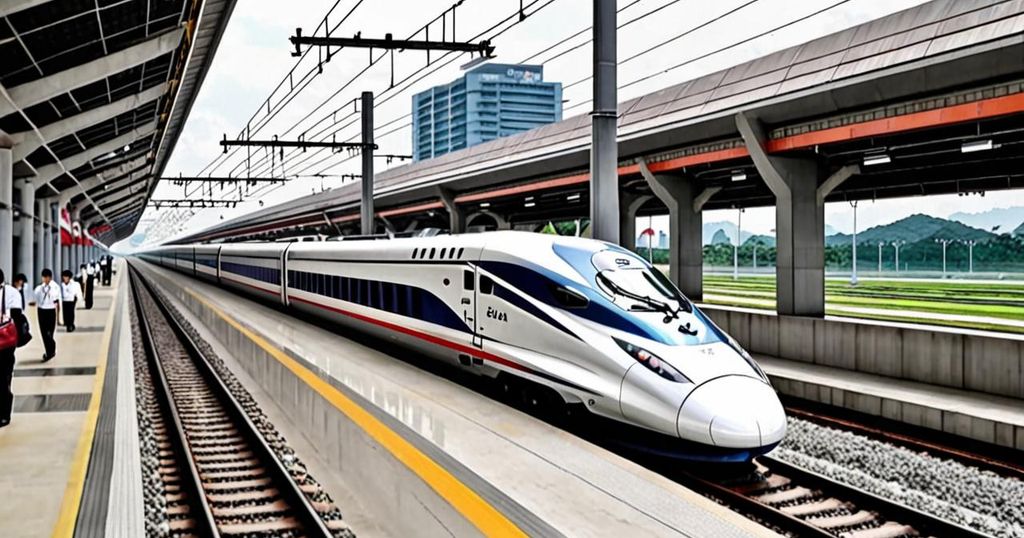A recent decision by several Japanese companies to withdraw from the high-speed rail project connecting Kuala Lumpur and Singapore has attracted attention from government and industry insiders. Among the firms reevaluating their participation is East Japan Railway, which initially intended to incorporate Japan’s shinkansen system into the project.
Citing the lack of financial support from the Malaysian government, sources from both the Japanese and Malaysian authorities, as well as from the implicated companies, divulged the abandoned plans. The hesitance of the companies to move forward with the venture indicates perceived risks without adequate support from the Malaysian side.
As a result of this development, Chinese enterprises may capitalize on the vacancy left by the Japanese companies, potentially bolstering their presence in infrastructure development within the East Asia region. With an already established high-speed railway in Indonesia and the ongoing construction of another in Thailand, Chinese businesses are strategically positioned to expand their influence in the area’s transportation infrastructure.
The changing landscape of the Malaysia-Singapore high-speed rail project raises concerns about the potential implications for regional competitiveness and economic cooperation. The withdrawal of Japanese firms could pave the way for Chinese dominance in East Asian infrastructure projects, prompting further analysis and considerations from stakeholders across the region.

Leave a Reply